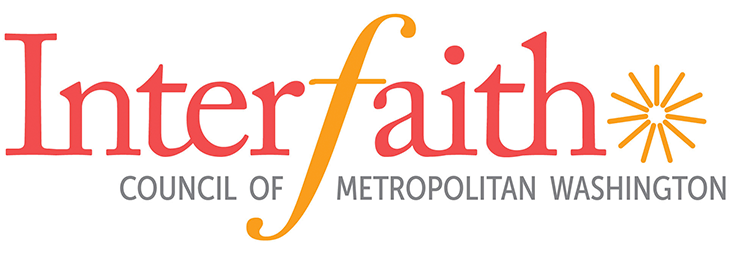
A week or so ago, I was a warmly welcomed guest at All Dulles Area Muslim Society (ADAMS) Center in Sterling, Va. My presence there was, as you can imagine, a response to the New Zealand shooting of the day before. After Friday prayers, close to 50 faith leaders, elected officials, and community leaders from many diverse traditions, offered words and prayers of support and blessing to this community.
The deep sense of relationship was profound. As the hosts called each leader forward, there was no need for a speaker list with names and titles because each presenter was known by name. Many were introduced as longtime friends to the ADAMS Center. Most described previous moments of togetherness. Every speaker was respectful of those following – politicians and preachers alike kept their remarks brief and personal. So while it wasn’t a surprise that ADAMS hosted so many guests after such a horrific event, it wasn’t a given that those guests would be so well-known – or that ADAMS would be so well-loved.
This is what makes the work of relationship building so powerful – the opportunity to know and be known before the crisis arrives. This is the work of the Interfaith Council. With steadfastness, intention, depth, and creativity, the IFC crafts opportunities for connection at the human level.
Washington National Cathedral, my place of work, is “a house of prayer for all people,” committed to interfaith respect and engagement. We have the frequent privilege of inviting leaders of faith traditions to participate in large-scale interfaith services and programs such as the Centennial Commemoration of Armistice Day (the end of WWI), or the vigil for gun violence prevention the night before the March for Our Lives (led by the teenagers from Marjorie Stoneman Douglas High School in Parkland, Fl).
One of the most intimate and powerful interfaith moments of my time at the Cathedral happened when we opened “Holy City.” This series of bright and colorful paintings by Brian Whelan represents Abrahamic houses of worship in cozy proximity, in an imagined Holy City where these religions are mutually respected and honored. They appear almost to lean into one another for support.
The assembled speakers were Christian, Jewish and Muslims – artists, teachers, musicians, and more. Just prior to the program, we stood together in prayer, asking a blessing on the evening for ourselves and our guests. And as we looked around the circle, it was clear that we were, in that moment, a reflection of the Holy City in all its simplicity and beauty. By gathering, by sharing our hearts and gifts, we brought the Holy City into being, even if just for a brief moment.
On Friday night following the horrific shooting in New Zealand, those gathered at ADAMS Center and at vigils around the world brought the Holy City into being. At synagogues around the country after the Tree of Life shooting in Pittsburgh, we willed into being the Holy City. When a multi-faith group came to the Sikh Gudwara in northwest DC to dialogue and break bread together, we came to the Holy City. In this place, we don’t need a list of names and titles, or a checklist to ensure that everyone speaks, or a timekeeper to make sure the most important people get the most time because everyone belongs.
Let us continue to gather, for occasions both grand and intimate, to practice becoming this place where we honor, protect and cherish one another.
By Michelle Dibblee, Program Director, Washington National Cathedral
Artwork: Image from “Holy City” by Brian Whelan
